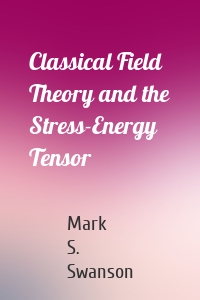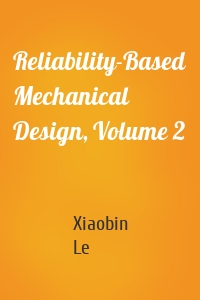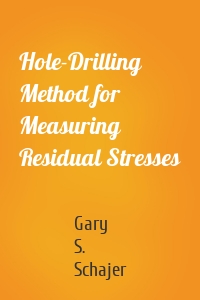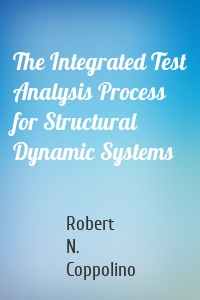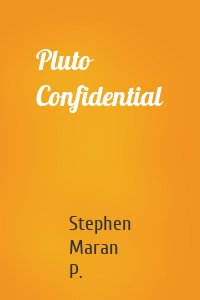Физика
2308 кн.
Белые карлики. Будущее Вселенной
Перед вами первая книга на русском языке, почти целиком посвященная остывающим реликтам звезд, известным под именем белых карликов. А ведь судьба превратиться в таких обитателей космического пространства ждет почти все звезды, кроме самых массивных. История открытия белых карликов и их изучение насчитывает десятилетия, и автор не только подробно описывает их физическую природу и во многом парадоксальные свойства, но и рассказывает об ученых, посвятивших жизнь этим объектам Большого космоса. ...
| Автор | Алексей Левин |
| Жанр | Научпоп, Астрономия и Космос, Физика |
| Год | 2021 |
99 секретов физики
В этой книге спрятано 99 секретов физики. Откройте ее и узнайте, как открывали Вселенную, законы притяжения и относительности и другие интересные явления вокруг нас.
Картинки, фото и схемы вещей «в разрезе» покажут вам, как что устроено. Забавные и простые тексты расскажут о том, как Николай Коперник сменил картину мира, как происходит «круговорот» энергии в природе, как «шутит» инерция.
Да здравствует наука БЕЗ занудства и непонятных терминов!
| Автор | Валерия Черепенчук |
| Жанр | Научная литература, Физика |
Visual Astronomy
Visual Astronomy introduces the basics of observational astronomy, a fundamentally limitless opportunity to learn about the universe with your unaided eyes or with tools such as binoculars, telescopes, or cameras. The book explains the essentials of time a
| Автор | Panos Photinos |



